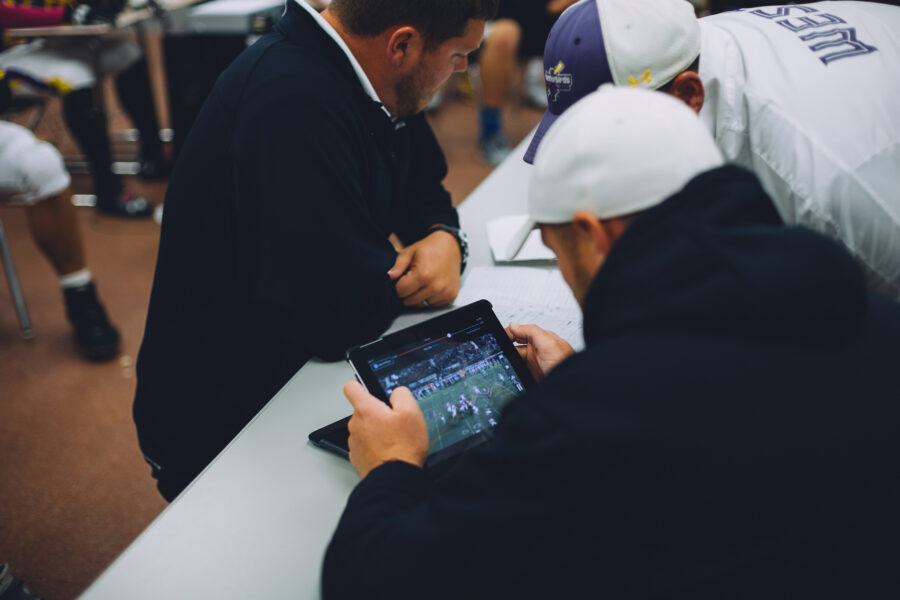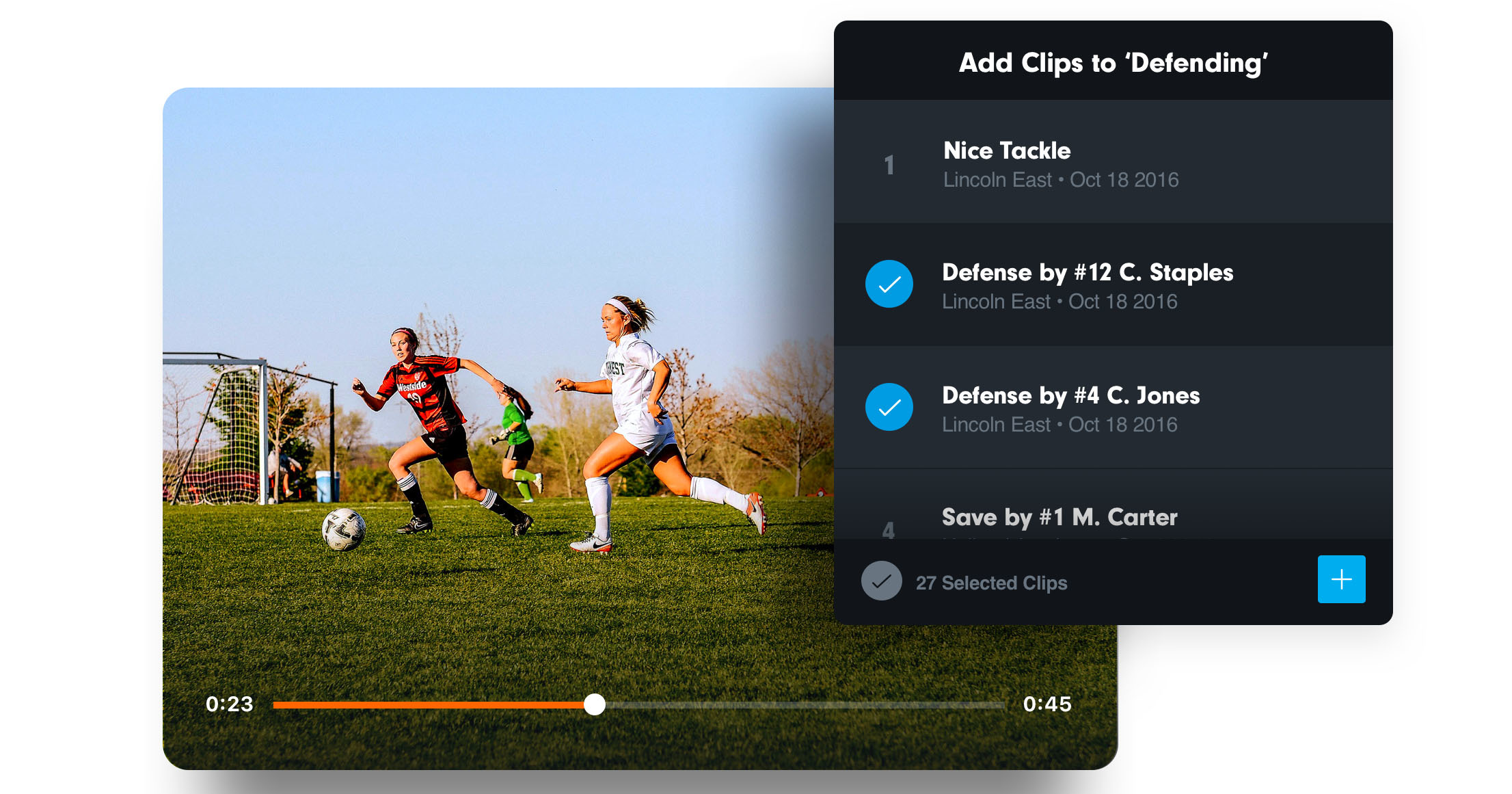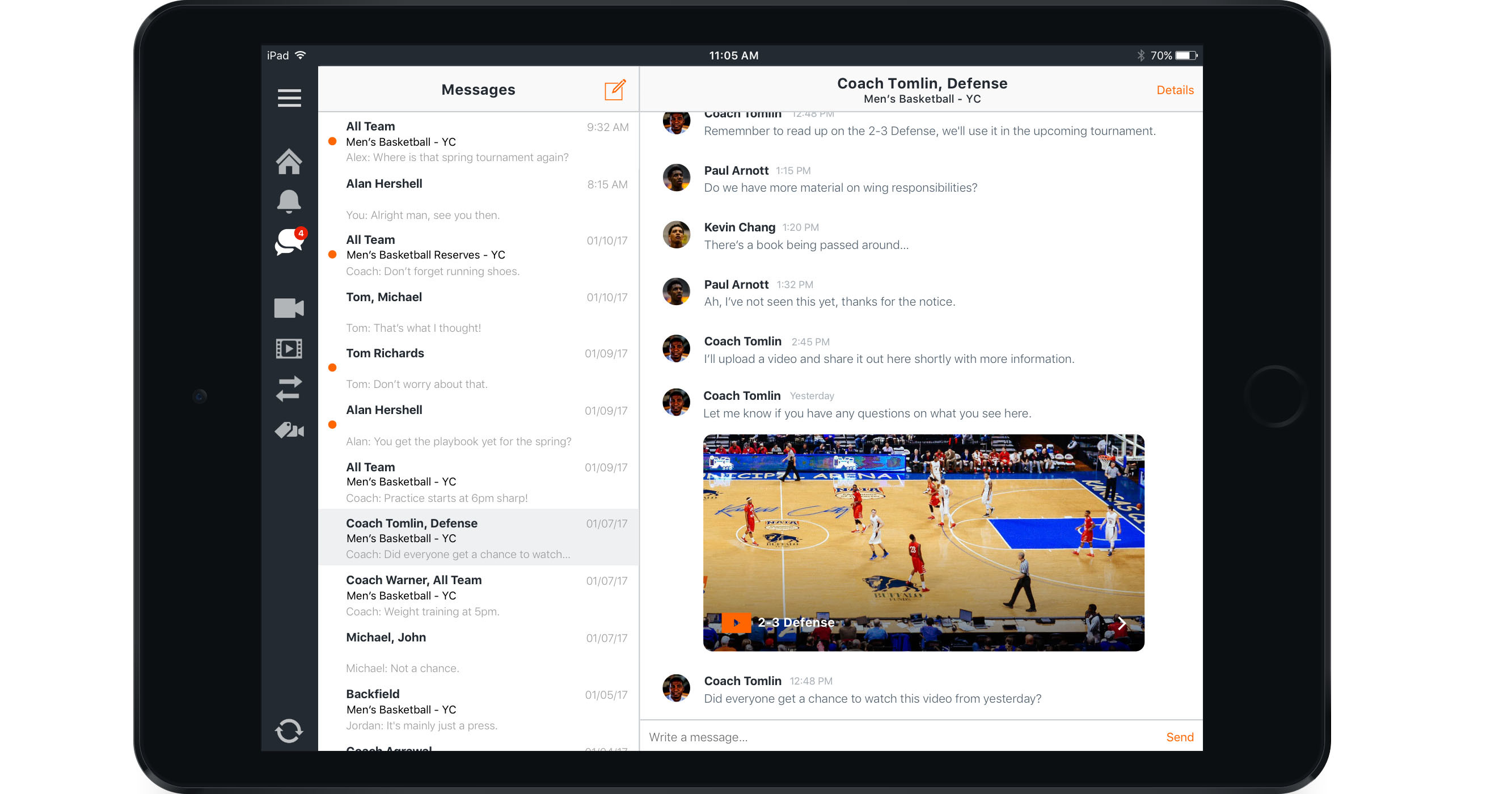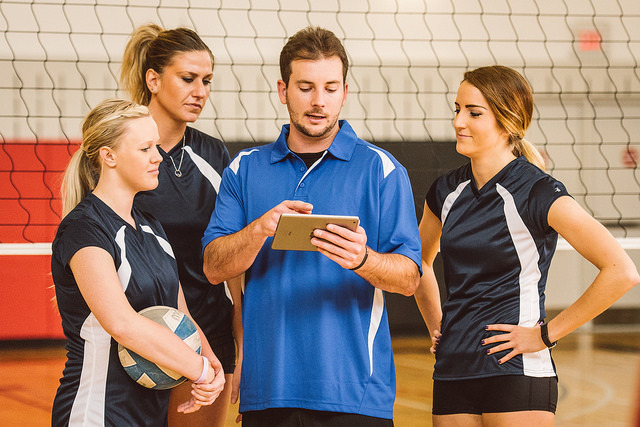How to Create a Video Structure for Your Program

A strong video structure can be a game-changer for a program. Here’s how to get started.
Video is quickly becoming an essential part of every coach’s workflow across all sports. The ability to review, maintain objectivity and develop athletes makes video a game-changing tool.
But some coaches’ plans for using video are still in their infancy. They might be working through exactly how much to rely on video, what should be shared with players and what their scouting process looks like.
We’re here to help. Here are some of our top tips for creating a lasting video structure for your program.
Set a Schedule
The most important part of getting any new process to stick is repetition—so keep things familiar. If coaches and players know what to expect each week involving video, they’ll be much more likely to embrace it.
Lay out exactly what that structure will look like. Tell the players when video sessions will be (we suggest before practice), how long they will be, what will be discussed and what the athletes are expected to watch on their own (more on that in a minute).
Divvy up responsibilities for your staff so it’s not just one or two coaches doing all the work. Assign some assistants to scout future opponents while others focus on your team’s play. Let them know when they are expected to be in the office and what type of insights they should bring to team meetings.
“Each coach has an area to work on, and I think that’s really helped,” John Barnes, the Director of Rugby at Hartpury College, said. “Our training sessions are structured around various parts of the game. So it's really down to the coaches in their areas to make sure their players are really up to speed with everything we’re doing.”
Teach the Players to Watch on Their Own Time
You only get so much time with your athletes, but they can still learn from the video by watching on their own.
“They can learn 24 hours around the clock because, even away from this set up and away from the coaches, all the information is on the footage already,” Aaron Calvin, performance analyst for the Nike Soccer Academy, said. “They can learn off that without having to ask you questions really. It sits remotely on there and they can access that when they’re in their digs.”
But you can’t just throw your players to the wolves with video. If you do, they’ll watch as a spectator would and will miss the valuable insights. Create playlists that show them the exact points you’re trying to drive home.


“We’ll have a lot of times where they watch it with their notebook and we give them four or five things to find in the clip or this session of the game,” Bob Rodgers, the basketball coach at Whitman-Hanson High School (Mass.), said. “It’s a little treasure hunt for these nuggets that they need to have.”
Use It During Practice
A common misconception about video is it’s a separate entity from practice, but the opposite should be true. Showing players video, then immediately incorporating those lessons into practice is the best way for them to retain the information and learn from it.
Teams commonly have an iPad or TV on the sidelines to show an opponent set or play, then practice how to counter it during the upcoming game.

“We require all our players to have a notebook at every practice,” Rodgers said. “We’ll set up our chairs just like we would for a game and we’ll take notes right there. We might look at something on Hudl so they can take a note on something they’ve just done in practice.”
Creating a video structure for your program will require some effort, but the payoff is absolutely worth it. Video is the ultimate teaching tool and is tremendous for athletes. There’s no better way to explain or correct than actually being able to show the player what you’re talking about.
“It’s a matter of showing and telling, but when you actually show them something, there’s no denying it,” Joel Chapman, an assistant football coach at Capital High School (W.V.), said. “It’s that visual aspect. There’s no greater asset than your own eyes. We’re in the inner city and trust is a big thing with our kids. When you tell them something and they go out and do it right, it makes a big difference when they can actually see it.
“You can explain something to someone, but when they see it with their own eyes, it’s more personal. It takes it to another level.”
If video isn’t yet a part of your processes, let us help you get started.